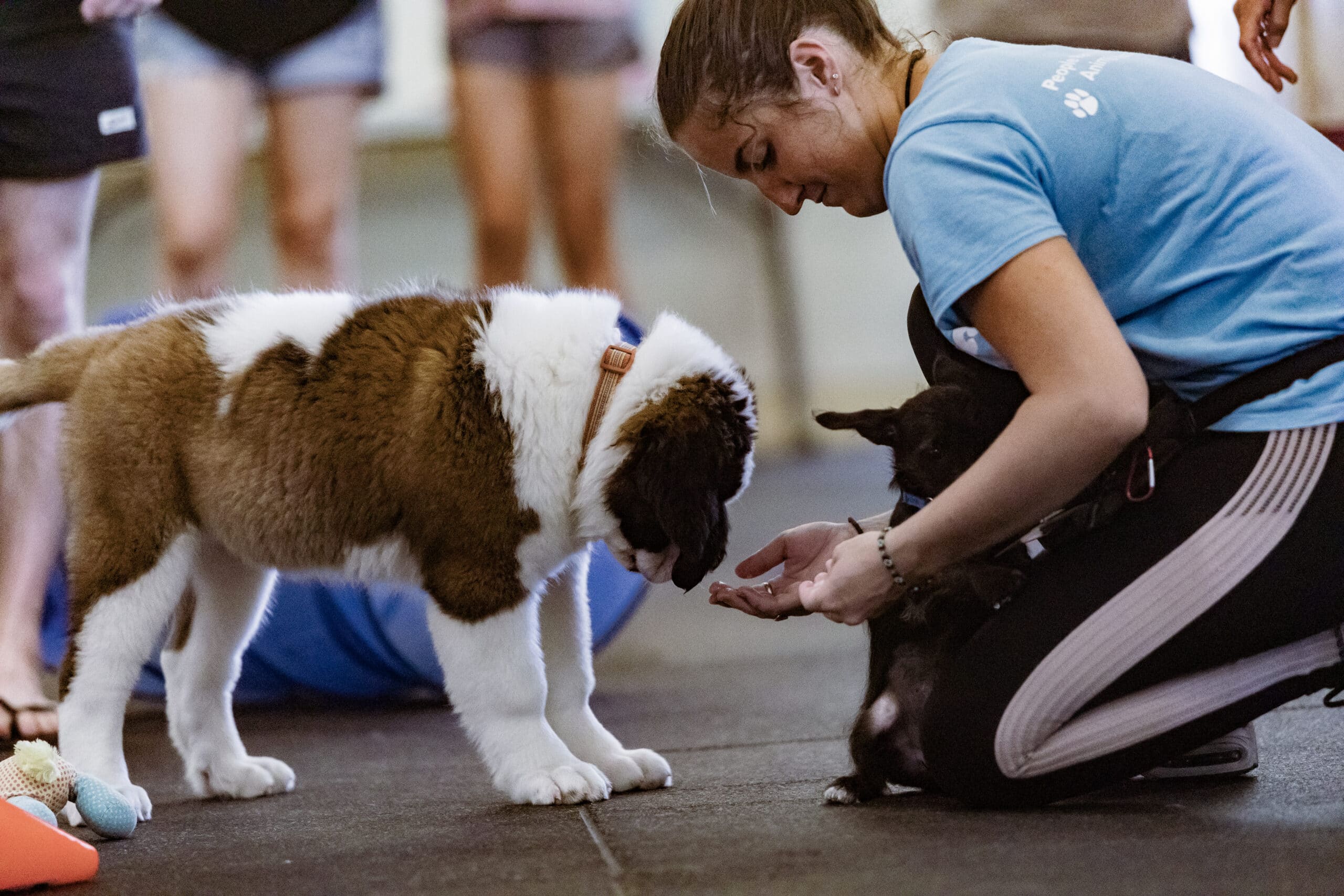By Suzanne Hetts, Ph.D. and Dan Estep, Ph.D.
Five Things You Must Do

Use Litter That Feels Soft on Your Cat’s Feet
- From both research and experience we know that cats prefer to relieve themselves on surfaces that feel soft. In several studies in which cats were offered a variety of litters, they were much more likely to choose fine-grained ones. We can perhaps compare your cat’s preferences to how it feels for us to’ walk on sand versus gravel.
This preference for soft surfaces explains why, when cats do house soil, they often do so on the carpet, the bed, furniture, piles of clothes, and clean laundry. You can often prevent these problems by using a fine-grained litter.
Keep the Litter Box Area Odor-Free
- Cats’ have a very sensitive sense of smell. Odors are probably more important to cats than they are even to dogs. Humans just can’t relate to the world of smells our pets’ experience. Your cat is at risk for not using the litter box if the area has a strong odor. Odors don’t just come from the cat’s waste you haven’t scooped out of the box, but sometimes from the litter itself. Litters with so-called “fresh scents” may not smell at all pleasant to cats. Plus, if you’ve put room deodorizers near the litter box to try to mask the odor, you’ve compounded a problem of a litter box that isn’t clean enough, by adding additional strong odors that may repeal your cat.
Try to keep the litter box area odor-neutral. This may even extend to not locating the box in a laundry room where the odors of detergents, bleach and other cleaners are strong. When you wash your litter boxes, avoid using strong smelling cleaners.
Keep the Litter Box as Clean as (or Cleaner Than) Your Bathroom
- No one likes to walk into a bathroom that has a bathtub with a ring around it, questionable things growing in the toilet, a dirty sink, and soiled towels. Your cat is no different in their desire for cleanliness. It’s crucial that you scoop your cat’s litter boxes at least once a day, or even twice, depending on how many boxes you have.
Some cats are more tolerant of waste in their litter box than others, but why run the risk? If you aren’t good at scooping regularly, considering buying a self-cleaning litter box. You still have to empty the waste container when it fills, but that’s perhaps a weekly chore, not a daily one.
Don’t allow dried urine or feces to remain on the box itself. Either use a liner, or wash your boxes regularly. Use a mild soap for washing, not strong smelling cleaners. It might have been a cat that said “cleanliness is next to godliness”.
Make the Litter Box a Safe Place
- When cats are relieving themselves, they are in a vulnerable position. Cats just can’t dash away on a moment’s notice when they are “indisposed!” Do everything you can to ensure that nothing bad ever happens to your cat while they’re in the litter box.
If your cat is particularly noise sensitive or skittish, you won’t want to locate the litter boxes next to appliances such as the washer, dryer, furnace or air conditioner. The noises that come from these machines can be quite startling and unexpected, convincing your cat that the litter box is not the relatively quiet haven they expect.
If you have young children, a baby gate comes in handy to keep them away from the litter box. Many cats can easily jump over the gate, or you may want to position it several inches off the floor so your cat can go underneath the gate but the children can’t. Cats are quite agile, and have an easy time getting through small spaces.
If you have other pets, find a place for your litter box that allows your cat to monitor their surroundings. Cats want to know if another animal, that may harass them, is nearby. This is one reason why using a covered box may not be a good idea for a multi-pet family.
Provide More Than One Litter Box
- There should never be a kitty waiting line for the litter box. A litter box should always be available whenever your cat needs it. If you have multiple cats, provide at least as many boxes as you have cats. Some cats prefer to urinate primarily in one location, and defecate in another. So by providing even your single cat with two boxes, you give them a choice to create a box for “peeing” and a box for “pooping”. For multiple cats, it’s better not to put the boxes right next to each other. Cats may not feel at ease in the box if another cat is next door.
Suzanne Hetts, Ph.D. and Dan Estep, Ph.D., Certified Applied Animal Behaviorists
www.AnimalBehaviorAssociates.com, Copyright Animal Behavior Associates, Inc., 2004.


